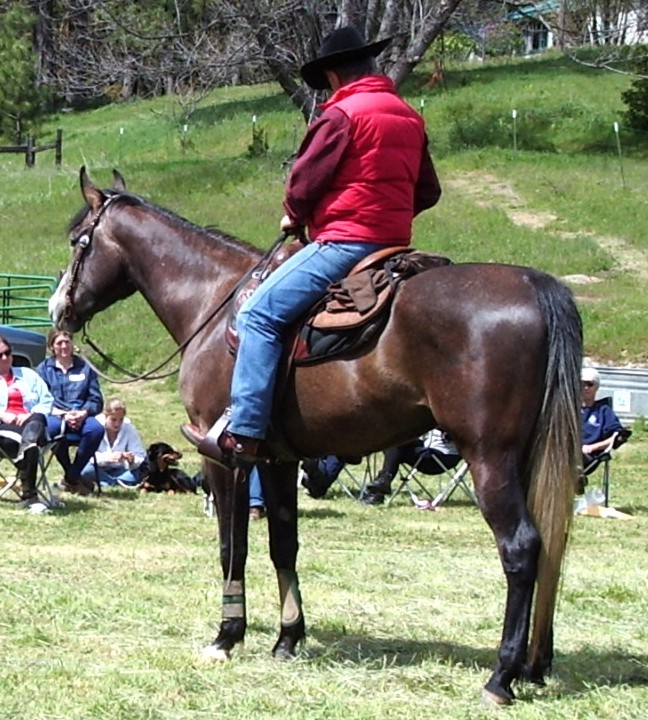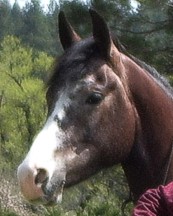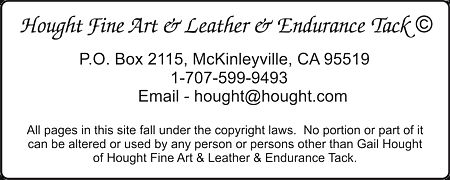|
Art Gallery (Horse Art) |
|
|
|
|
|
||||||
|
6/12/04 A person must be prepared mentally before
he goes to look at any horse for purchase. He should have a mental
check list of what he is looking for so when he approaches the
horse, he can begin going through the list immediately. Specific
disciplines will determine the skills required on the checklist.
Those listed for a jumper, roper, pleasure horse, reiner or cutter
will all be different. Yet, there will be many similar skills
on each of the lists because all disciplines require many of
the same skills and qualities. If I were the prospective buyer,
my list would include but would not be limited to the following
requirements. Ground Manners: Can you lead him or does he lead you? Does he know his own space? In other words does he invade your personal space? What does his body language tell you? Mounting: The swinging of the leg over the saddle is easy. Many times a horse will fidget before the mounting begins. Make a mental note of that. So, did he stand still or sounder away? I expect him to stand still, while I sit in the seat perfectly balanced with no leg pressure and on a slack rein. He should stand still waiting for me to send him the signal. That tells me he sees me as the leader. I may sit still for 20-30 seconds that's a long time for a horse to stand and wait. Take the time to test him. Supple: I check the suppleness while standing still because if he isn't supple or is unwilling to find the sweet spot or release, he won't be supple in either of the gaits because as speed increases, resistance increases. Disengage the hindquarters: This is part of suppling but should be checked because this is the foundation for all the other skills. It's the foundation for the departure, turn around, half pass, side pass, lead change, circles and least of all backing. Backing: Is he soft in the face, does he bridle in the face, does he push with his hind feet, what's his pole position, does he elevate his shoulders, is there a cadence, can I guide his front or back end during the back, does he back straight, can he back in circles on command ? There is so much that can be accomplished from the back that it is overlooked. Depart: I check for the ability to depart into each of the three gaits. This tells much about the training of the horse. Once we are departed, I'll check circles, stops, rollbacks, lead changes, spins, rate, does he settle, does he show willingness to accept change I might ask of him? In other words is he a malleable horse? Even if he is not well skilled, if he is malleable he could be a good candid for my purchase. Guide: How well does he guide? Does he guide with one hand, two hands or two hands and all the body language you can supply? The time spent with this horse will create
more areas to research. The rider as well as the horse must be
flexible once the evaluation begins. Take time with this horse
because the 30 minutes you spend with him now may tell you what
he is like. It is only a drop in the buck of time you will spend
with him if you purchase him and he is more of a project than
you had anticipated. |
||||||
 |
||||||
|

